
A huge collection of rock art has been discovered in the deep, dark chambers of the cave systems on Puerto Rico's Mona Island.
The incredible collection was unveiled following three years of exploration and surveys by researchers from the U.K. and Puerto Rico. Researchers traveled into around 70 cave systems in a bid to discover more about the indigenous population living on the island before Christopher Columbus arrived in 1493.
Humans are thought to have first arrived on Mona Island between 3000 and 2000 B.C. Its population expanded with the emergence of the Taíno culture between the seventh and 11th centuries A.D. The 7-by-4-mile island is currently uninhabited.
In the latest paper, published in the Journal of Archaeological Science, researchers found the cave systems had some of the greatest diversity of rock art from indigenous populations across the whole Caribbean. They found thousands of different motifs drawn, painted and scratched onto subterranean walls.
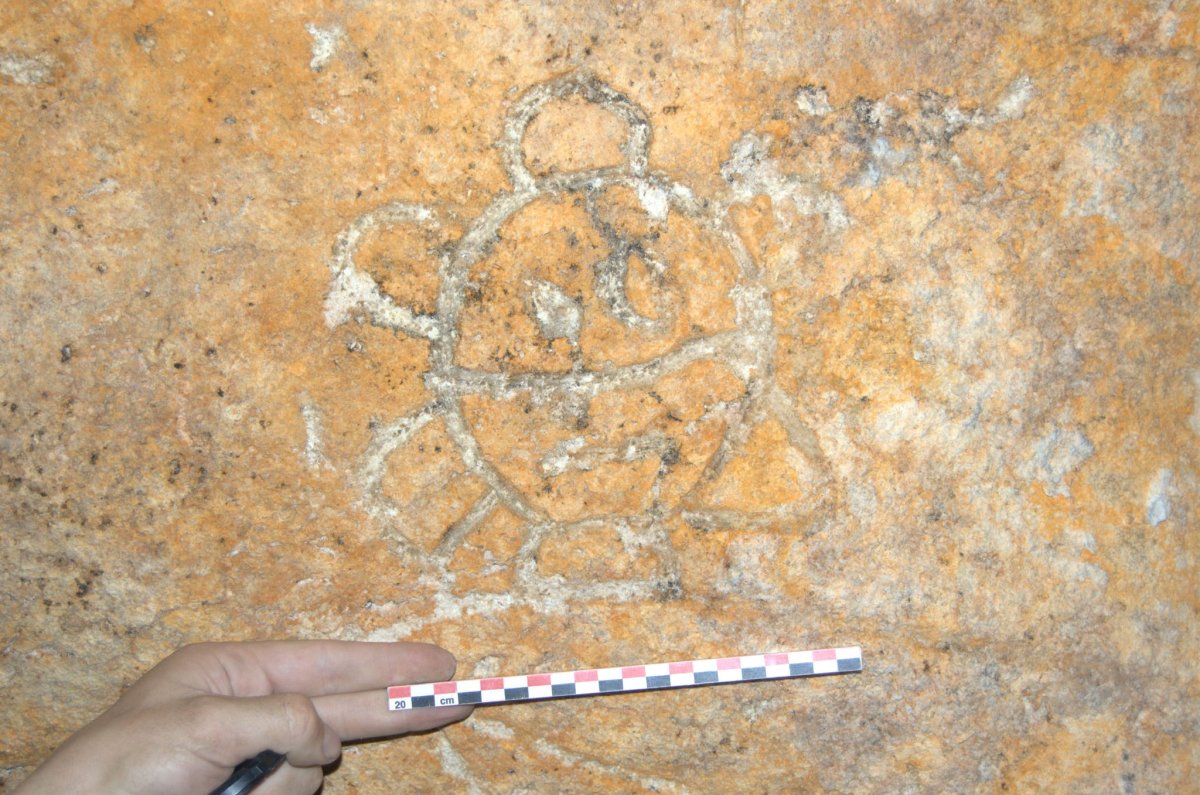
Study co-author Alice Samson, an archaeologist at the University of Leicester, U.K., said this is the first time any of the rock art from the island's extensive cave systems has ever been dated. Their initial findings show some of the images date to at least the 13th century, showing people were exploring the subterranean landscape long before the Europeans arrived.
She told Newsweek that at the moment, they have only dated a very small selection of the rock at found on Mona Island—the current research provides a foundation for a far wider interpretation of how humans were using caves in the Caribbean hundreds, if not thousands of years ago.
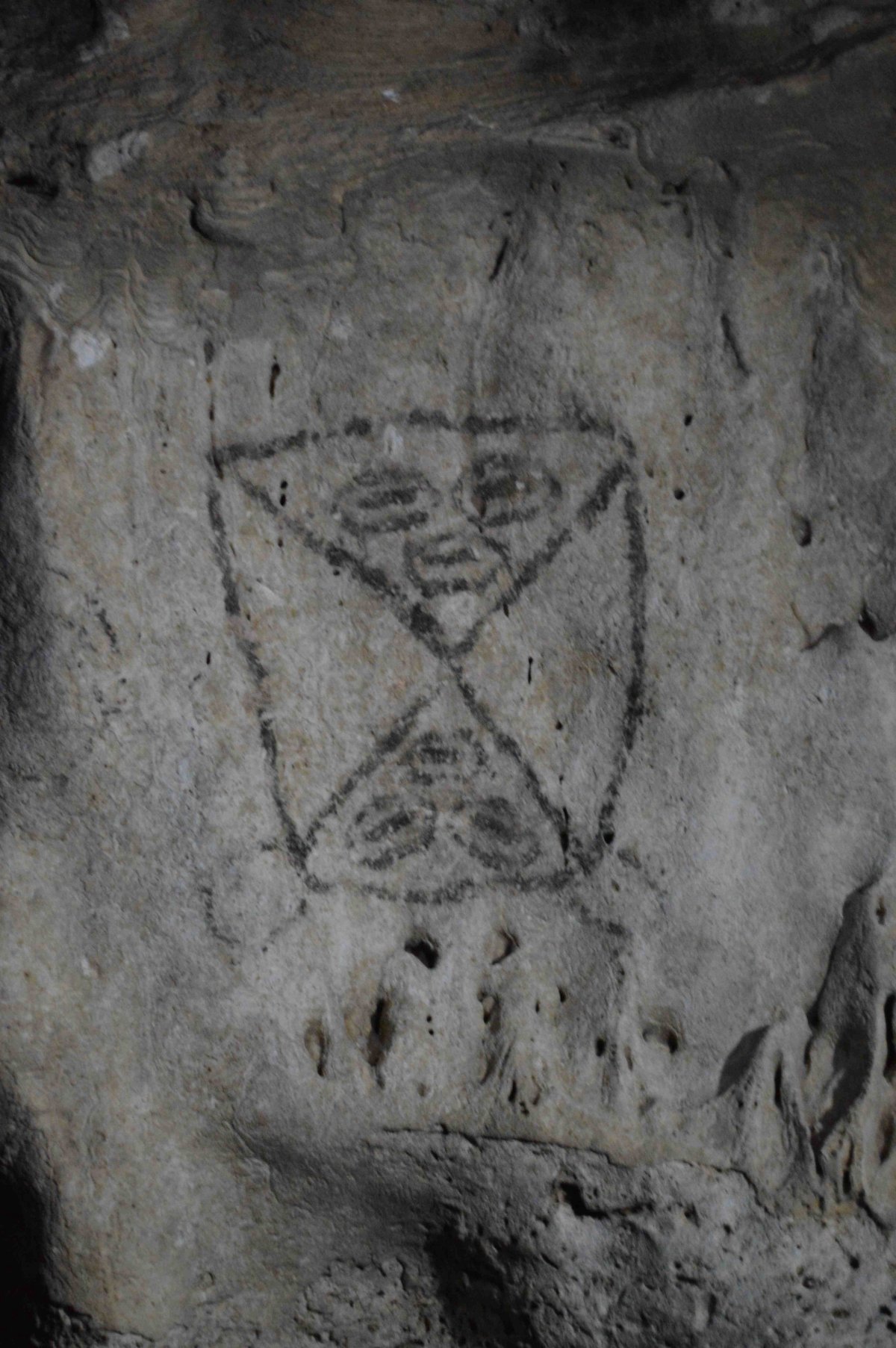
Images found in the Mona Island caves included human, animal and nature motifs. "For the millions of indigenous peoples living in the Caribbean before European arrival, caves represented portals into a spiritual realm, and therefore these new discoveries of the artists at work within them captures the essence of their belief systems and the building blocks of their cultural identity," co-author Jago Cooper, from the British Museum, said in a statement.
Analysis showed a variety of techniques were used to create the rock art. Some were painted, drawn with charcoal or scraped into the walls using either their fingers or finger-sized tools. Scientists plan to investigate the artistic choices that went into the design, location and choice of material further.

Initial findings suggest indigenous people were visiting the dark zones of caves specifically for the purpose of producing rock art. There is evidence of people making complex paints from plant gums. "This is evidence for the assemblage of a pre-prepared art-kit," the researchers wrote.
Concluding, they add: "An important step in understanding rock art anywhere in the world is the reconstruction of the social and cultural context of its production and use. To this end the excellent preservation on Mona has shed light on a widespread practice allowing for the first time to date Caribbean cave art and reconstruct native paint recipes and techniques."


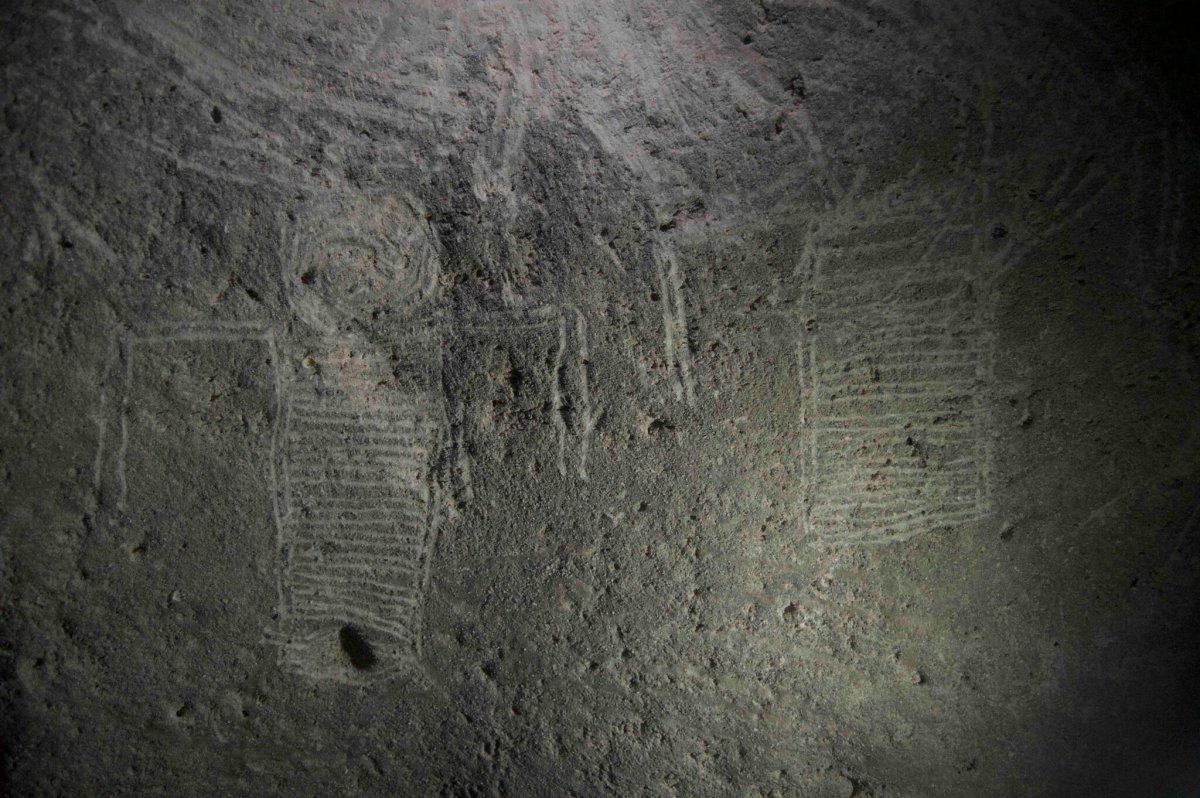
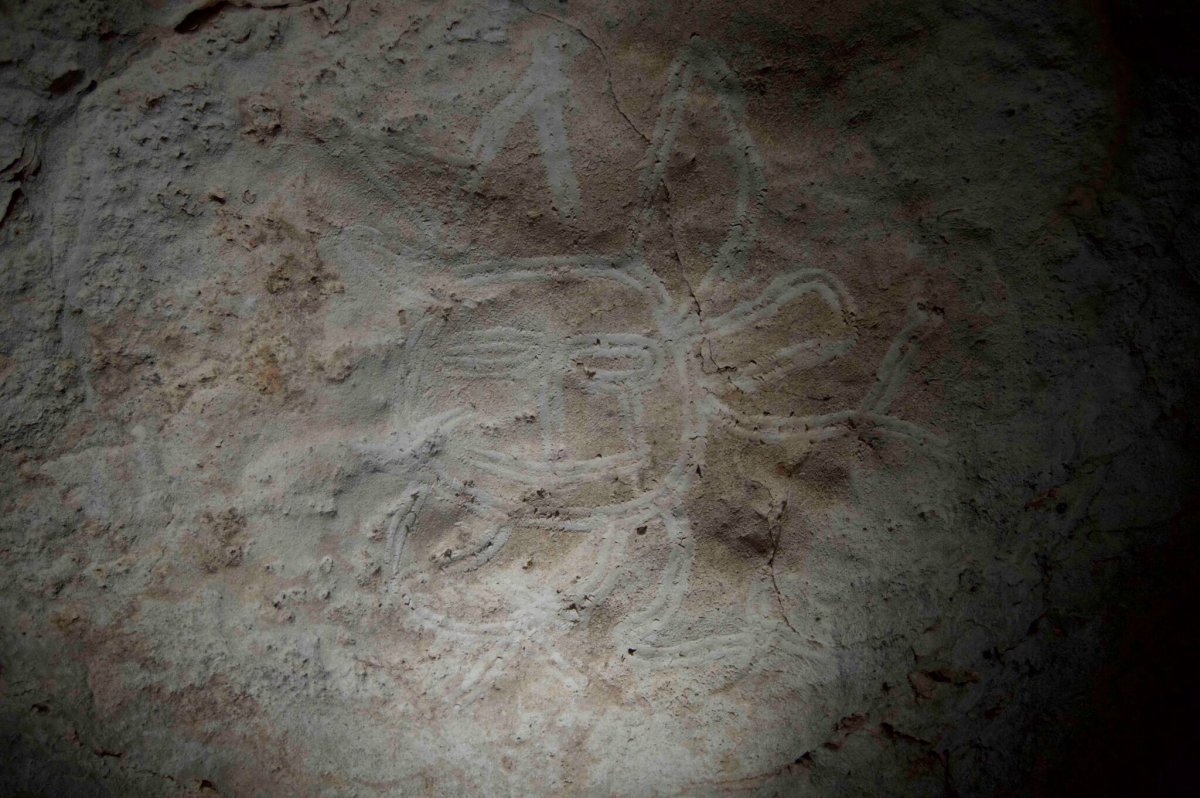
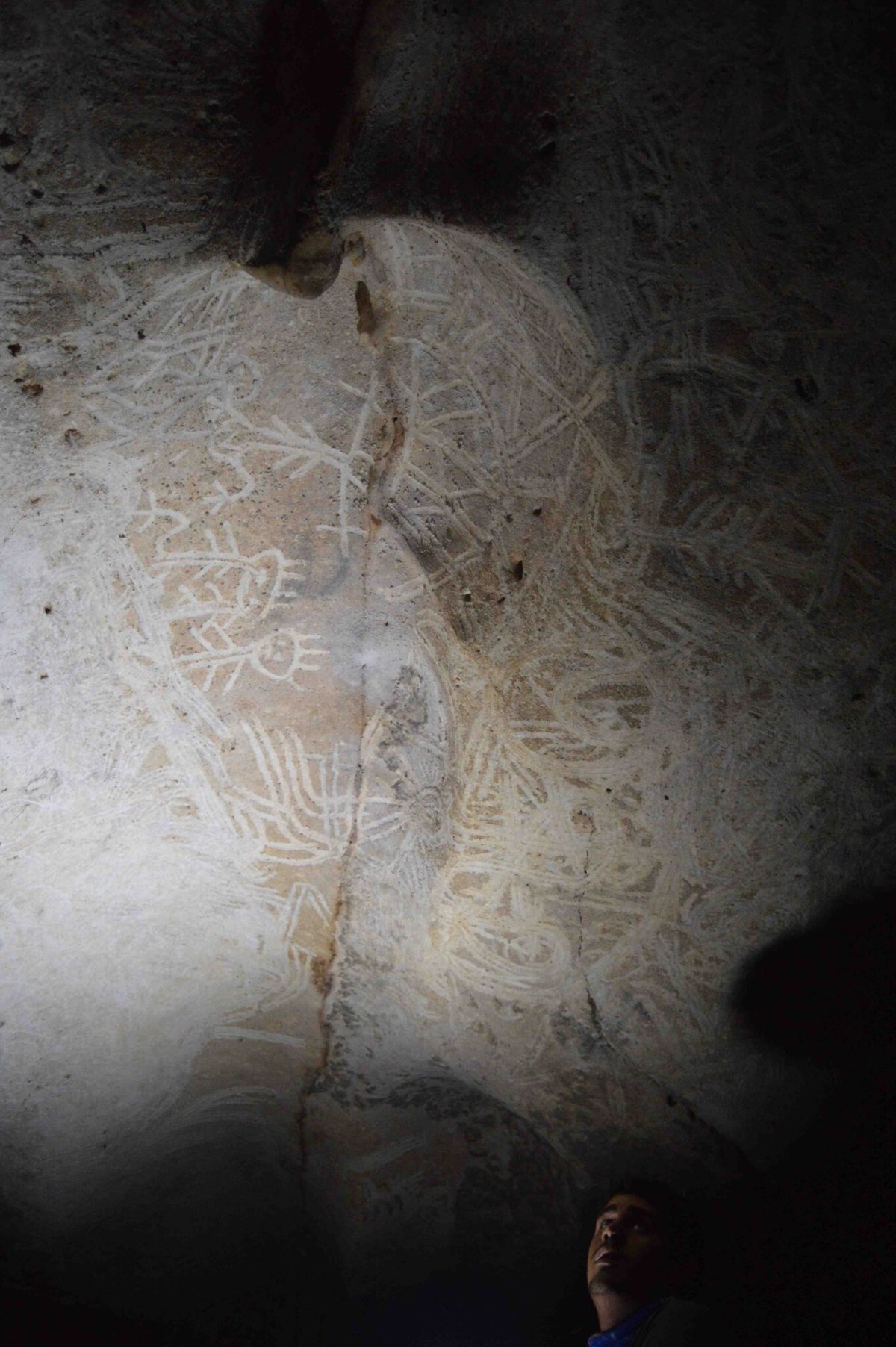
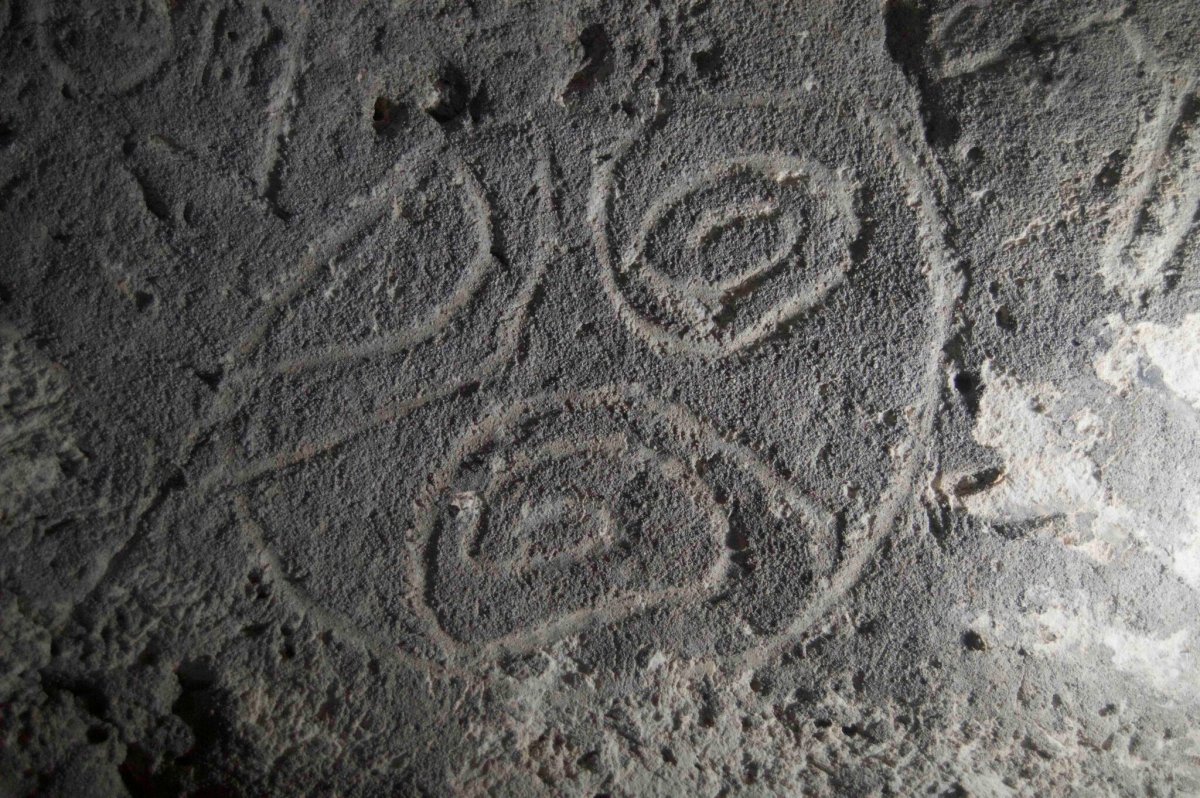
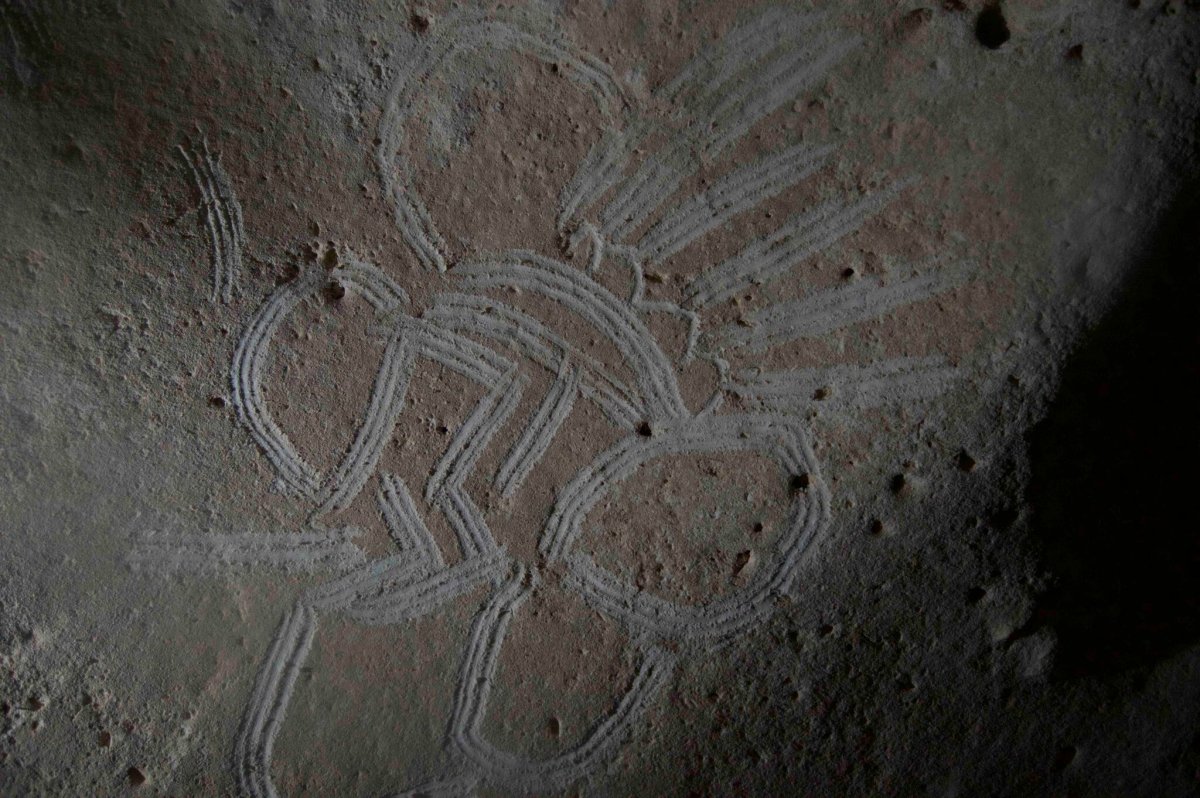
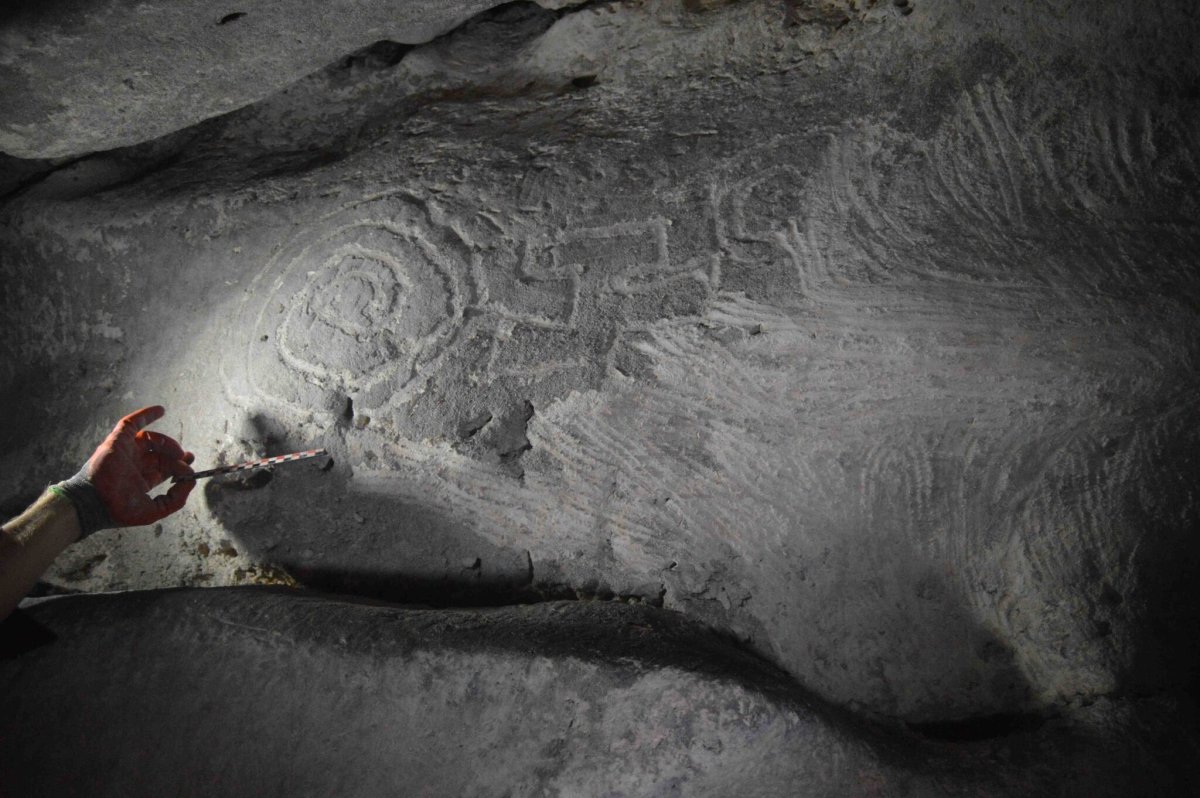
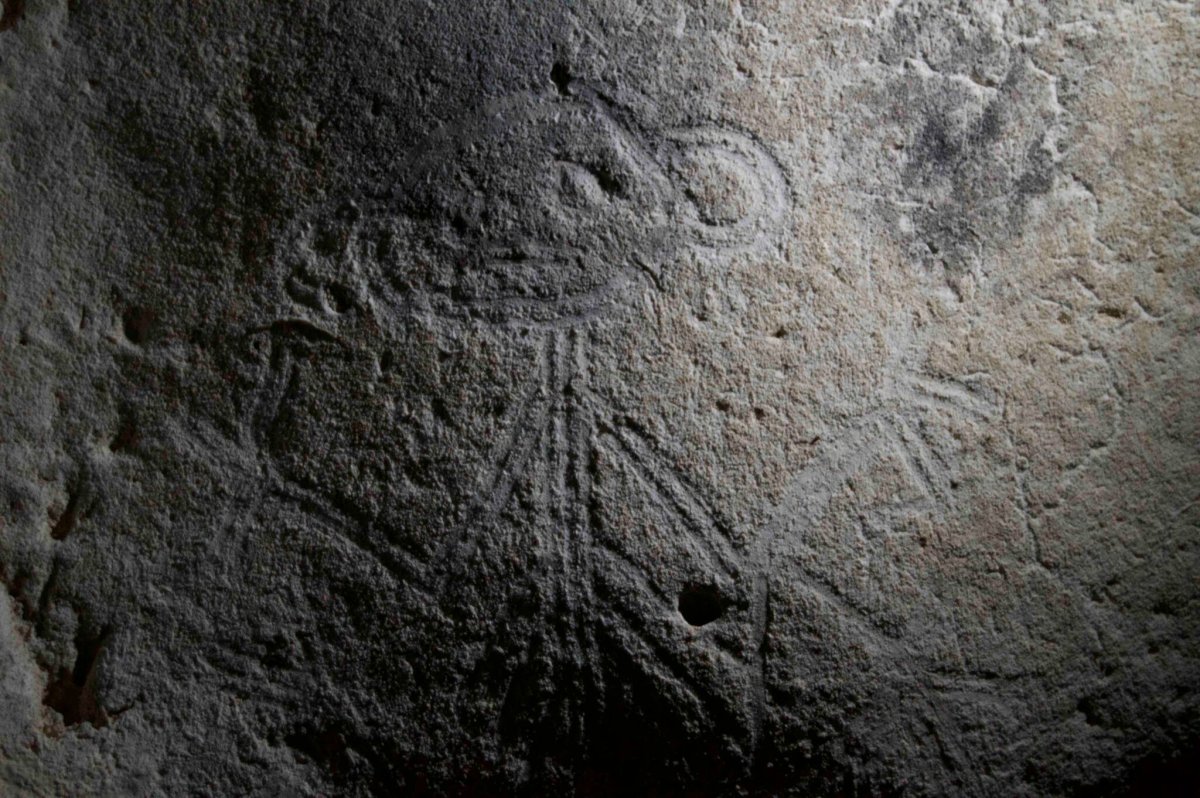
Uncommon Knowledge
Newsweek is committed to challenging conventional wisdom and finding connections in the search for common ground.
Newsweek is committed to challenging conventional wisdom and finding connections in the search for common ground.
About the writer
Hannah Osborne is Nesweek's Science Editor, based in London, UK. Hannah joined Newsweek in 2017 from IBTimes UK. She is ... Read more
To read how Newsweek uses AI as a newsroom tool, Click here.








